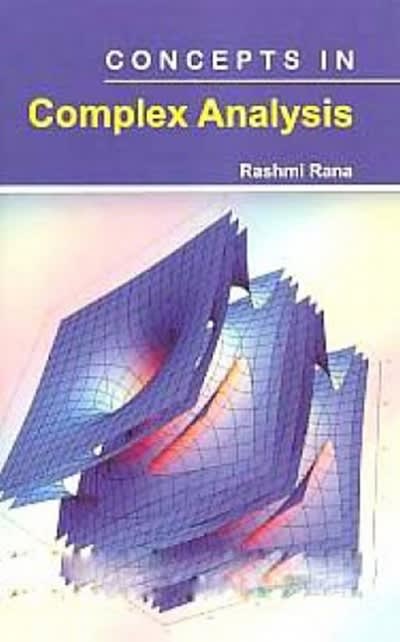Question
Help complete the following: Criterion C on how does the population of fireflies change over time? Research Question: How does the population of fireflies change
Help complete the following:
Criterion C on "how does the population of fireflies change over time?"
Research Question: How does the population of fireflies change over time?
Specific Data: When Christie and Julia were preparing the firefly dataset to analyze, they noticed that the number of traps put in the fields varied each year. There are many factors that affect data collection, and one of them is sampling effort. Some variables that would determine sampling effort would be how many traps are set out, how often, the amount of time they are left in the field, and where they are placed. The number of traps set out wasn't always consistent across years. So, to account for the difference, the number of traps used was always recorded to account for sampling effort on the raw data collected.
Hypothesis: The more light pollution there is, the less the population of fireflies. This happens because our light pollution is interrupting firefly flash patterns which cause them to disappear seemingly.
Raw Data:
Table 1:
| Year | Year Species ID | Number of adult fireflies | Number of traps |
| 2004 | LAMPY | 155 | 262 |
| 2005 | LAMPY | 265 | 259 |
| 2006 | LAMPY | 131 | 296 |
| 2007 | LAMPY | 62 | 350 |
| 2008 | LAMPY | 21 | 330 |
| 2009 | LAMPY | 77 | 360 |
| 2010 | LAMPY | 245 | 390 |
| 2011 | LAMPY | 292 | 240 |
| 2012 | LAMPY | 97 | 450 |
| 2013 | LAMPY | 83 | 480 |
| 2014 | LAMPY | 66 | 387 |
| 2015 | LAMPY | 337 | 360 |
| 2016 | LAMPY | 165 | 509 |
| 2017 | LAMPY | 426 | 450 |
| 2018 | LAMPY | 162 | 449 |
| 2019 | LAMPY | 190 | 450 |
| 2020 | LAMPY | 66 | 390 |
Processed Data:
Table 2:
| Year | Year Species ID | Number of adult fireflies | Number of traps | Adult fireflies/trap |
| 2004 | LAMPY | 155 | 262 | 0.59 |
| 2005 | LAMPY | 265 | 259 | 1.02 |
| 2006 | LAMPY | 131 | 296 | 0.44 |
| 2007 | LAMPY | 62 | 350 | 0.18 |
| 2008 | LAMPY | 21 | 330 | 0.06 |
| 2009 | LAMPY | 77 | 360 | 0.21 |
| 2010 | LAMPY | 245 | 390 | 0.63 |
| 2011 | LAMPY | 292 | 240 | 1.22 |
| 2012 | LAMPY | 97 | 450 | 0.22 |
| 2013 | LAMPY | 83 | 480 | 0.17 |
| 2014 | LAMPY | 66 | 387 | 0.17 |
| 2015 | LAMPY | 337 | 360 | 0.94 |
| 2016 | LAMPY | 165 | 509 | 0.32 |
| 2017 | LAMPY | 426 | 450 | 0.95 |
| 2018 | LAMPY | 162 | 449 | 0.36 |
| 2019 | LAMPY | 190 | 450 | 0.42 |
| 2020 | LAMPY | 66 | 390 | 0.17 |
Table 1 communicates the results of the relationship between the number of adult fireflies vs. the number of traps.
Table 2 communicatesthe association between the year and the number of Lampy discovered in each trap during that year. In 2004, for instance, there were 0.59 fireflies per trap.
Graphs:
Graph 1:
This graph communicates the adult fireflies/ trap versus the year. Although the graph continuously goes up and down, starting in 2012, the data hasn't been over the 1.00 mark since 2011. This means that through the time of addition in light pollution, fireflies have slowly disapated.
Analysis:
Evaluation and Conclusion:
The research question stated:how does the population of fireflies change over time? My hypothesis to this research question was thatthe more light pollution there is, the less the population of fireflies. This hypothesis has been supported by the data collected through the experiments. Referring back to table 2,
Bibliography:
Step by Step Solution
There are 3 Steps involved in it
Step: 1

Get Instant Access to Expert-Tailored Solutions
See step-by-step solutions with expert insights and AI powered tools for academic success
Step: 2

Step: 3

Ace Your Homework with AI
Get the answers you need in no time with our AI-driven, step-by-step assistance
Get Started


